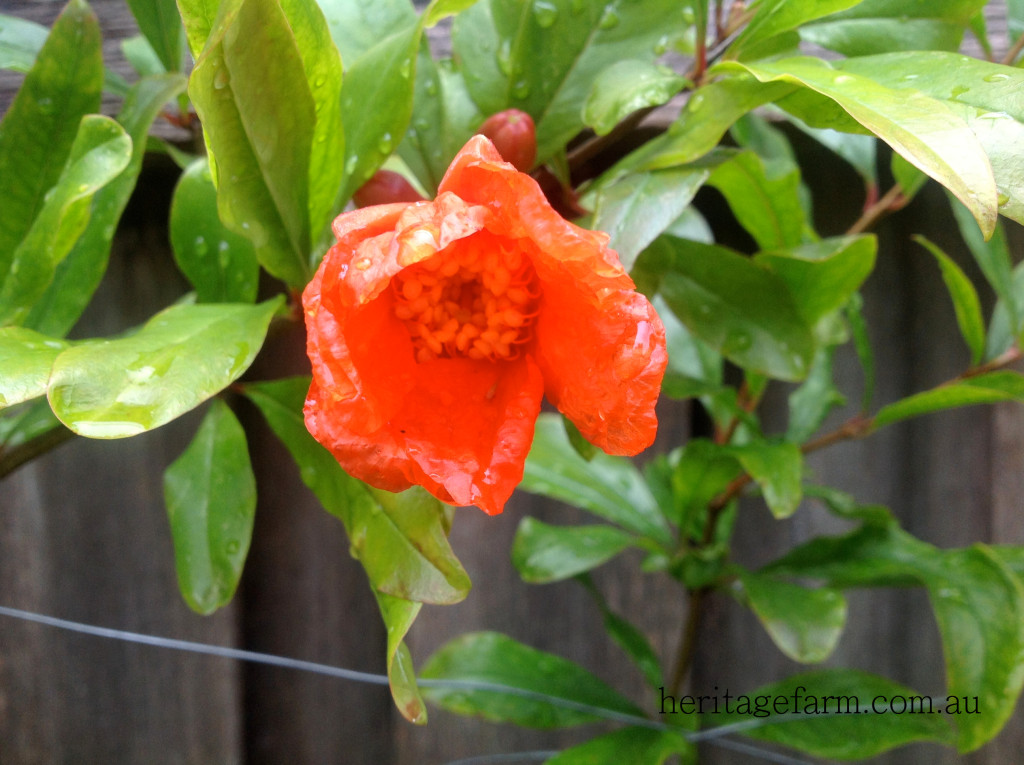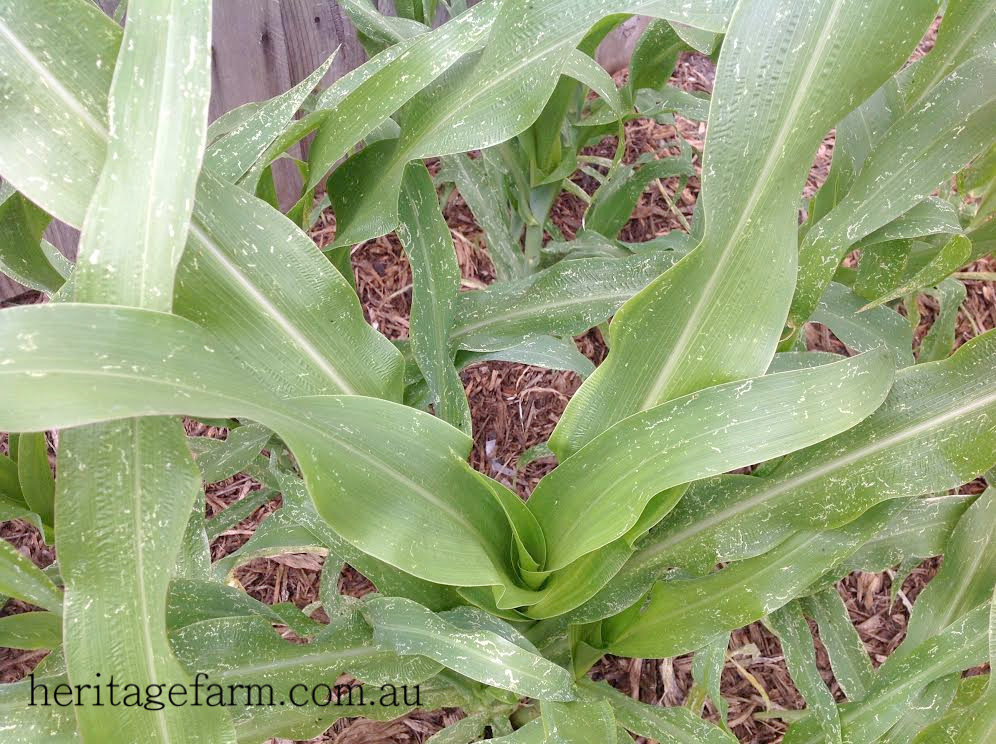This year we’ve had a bit of a pest problem in our home garden. It’s not uncommon for a new garden: the bug populations are often out of balance until the predators breed up. Of course, usually these problems are ‘fixed’ with sprays, or traps. We grow organically, so that rules out most sprays immediately.
There are organic sprays available, but we prefer not to use them where possible. They are, at best, a short term solution. Yes, they may temporarily reduce the number of pests in your garden. However, most of them kill good bugs too. If your treatments kill off a single, breeding, predator, you can actually be worse off than you were before.
Our first popcorn planting was a great example of early garden imbalance. It was completely infested by white fly. If I brushed the plants while weeding, a cloud of bugs would rise up. The leaves on the corn where scratched and marked by the insects. Not great since the sap sucking fiends can really weaken plants. The white fly also left it’s mark on the nearby pomegranate tree, and tomato plants.

There are a number of ways to deal with white fly, including eco oil, sticky fly traps and vacuuming. The problem with these solutions is that while they will remove some of the white fly, they are non-discriminatory. That is, they can also remove many beneficial predator insects.
So, instead of sticky traps or vacuuming I decided to try to attract more predator bugs. Some of the main predators of white fly include ladybugs, lacewings and hoverflies. Luckily, I already had the perfect bait: lots of white fly for them to eat! I also planted some chives and marigolds nearby (their flowers are known to attract predators) and let a few nearby herbs go to seed.
It’s impossible to count the ‘good bugs’ in your garden, but I certainly find more ladybugs when gardening than I did before. Another piece of evidence in our favour is that the white fly has disappeared. The corn has recovered well and has fat cobs forming!
Hopefully a base population of these three predator insects will remain established in the garden. Meaning that next time white fly try to invade, the predators will breed up quickly in response. Ideally they will only lag a day or two behind. Of course, that’s assuming that I keep them supplied with food and the flowers that they like!
Wanna read more about growing popcorn? Check out Chapter One (Planning to Save Seed) and Chapter Three (Planting Methods and Surprising Genetics).

